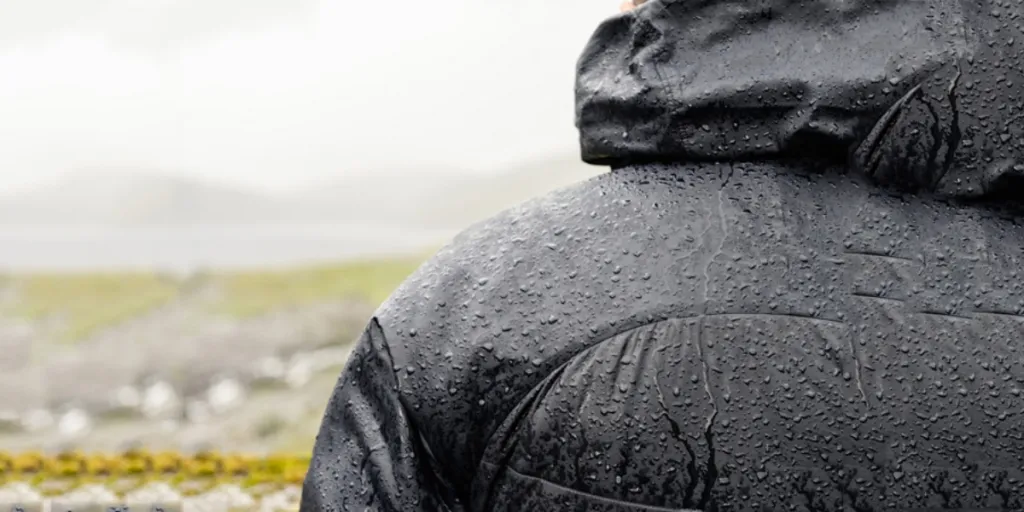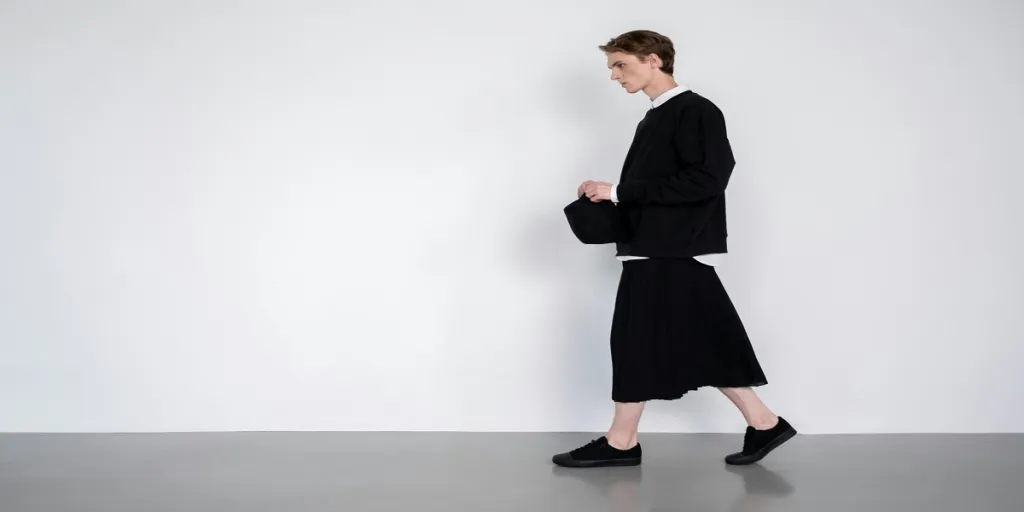Industry leaders now consider heated jackets an important purchase to properly gear teams for working outdoors in inclement weather. These jackets guarantee worker morale, safety, productivity, and comfort.
Selecting a suitable heated jacket might make the difference between costly downtime and efficient operations for companies overseeing building sites, maintenance crews, or logistics in harsh conditions.
This guide details the nuances of durability, heat settings, insulation types, and battery life, allowing retailers to select the best heated outdoor jackets on the market in 2025.
Table of Contents
Heated jackets at a glance
How heated jackets work
Features to look for in a heated jacket
Other considerations when choosing the right heated jacket
Summary
Heated jackets at a glance
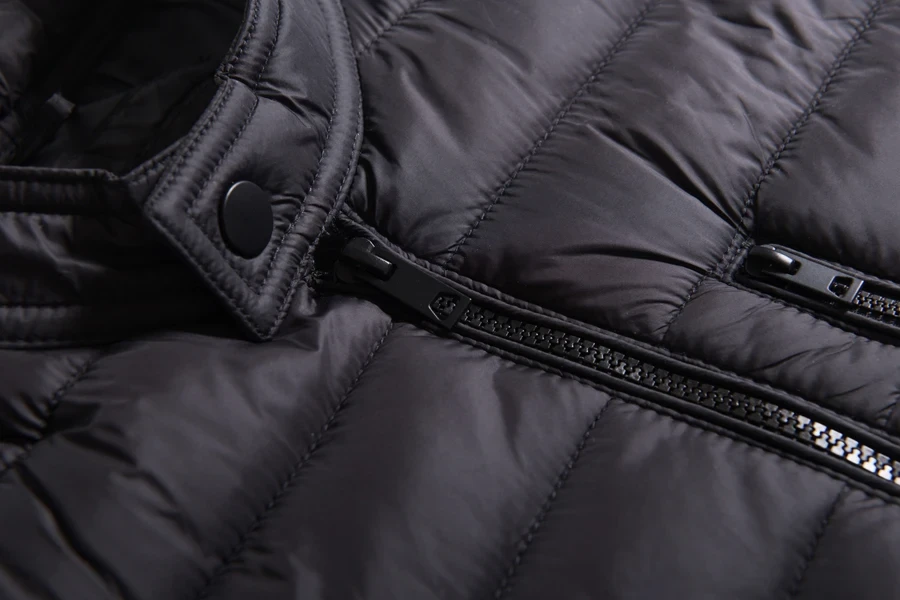
Heated gear was first developed for military pilots in the 1930s to combat high-altitude cold. The technology improved with lighter, more effective heating components and rechargeable batteries. Current heated jackets are built for harsh industrial conditions and provide consistent warmth without compromising mobility.
Heated jackets maintain core body temperature in frigid conditions, ensuring worker safety and productivity. Unlike ordinary insulated jackets, heated jackets include carbon fiber or steel plates strategically placed around the chest, back, and, in some circumstances, arms. These elements give heat on demand with variable temperature settings using rechargeable lithium-ion batteries.
Alongside warmth, heated jackets reduce tiredness, increase comfort, and keep talent in cold conditions, allowing workers to focus on their work. This means industry workers take fewer breaks due to freezing, work more efficiently, and avoid frostbite and hypothermia.
How heated jackets work
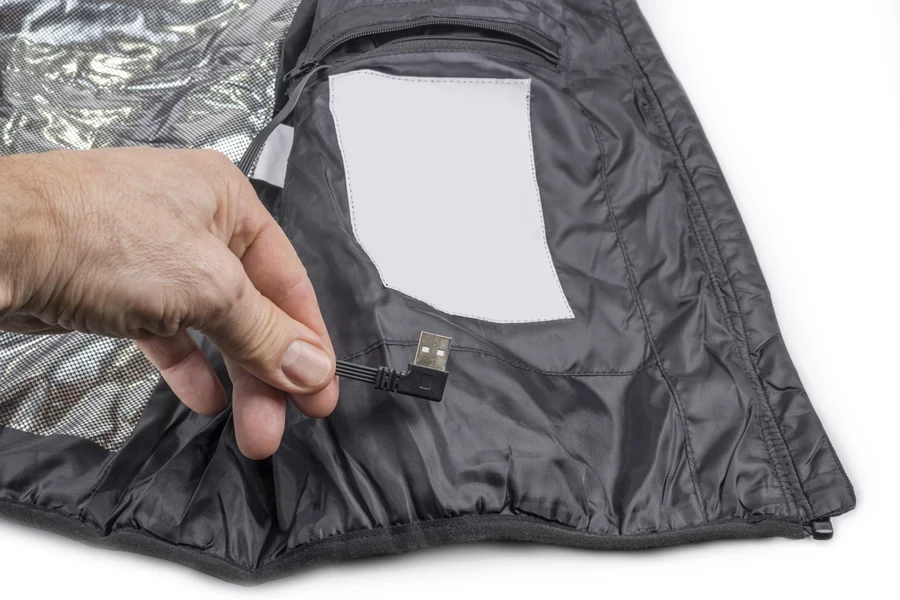
Built-in heating components keep your chest, back, and sometimes arms warm in heated coats. Their main materials are carbon fiber and electric wires. A jacket with electric cables is cumbersome but robust and helpful. Thin, light, and flexible carbon fiber heating elements are another alternative. They fit better without losing warmth.
Most of these jackets use rechargeable lithium-ion batteries, which, depending on the setting, will keep you toasty for 10 hours. Some coats also contain USB connections for charging your phone or other devices all day.
Another crucial step is temperature control. Most basic models incorporate hand-operated controls, like a jacket button for heat. However, more modern ones can be controlled by phone apps to modify the temperature.
You can adjust your heating to suit the weather or your comfort. These jackets are ideal for long-hour labor in changing situations.
Features to look for in a heated jacket
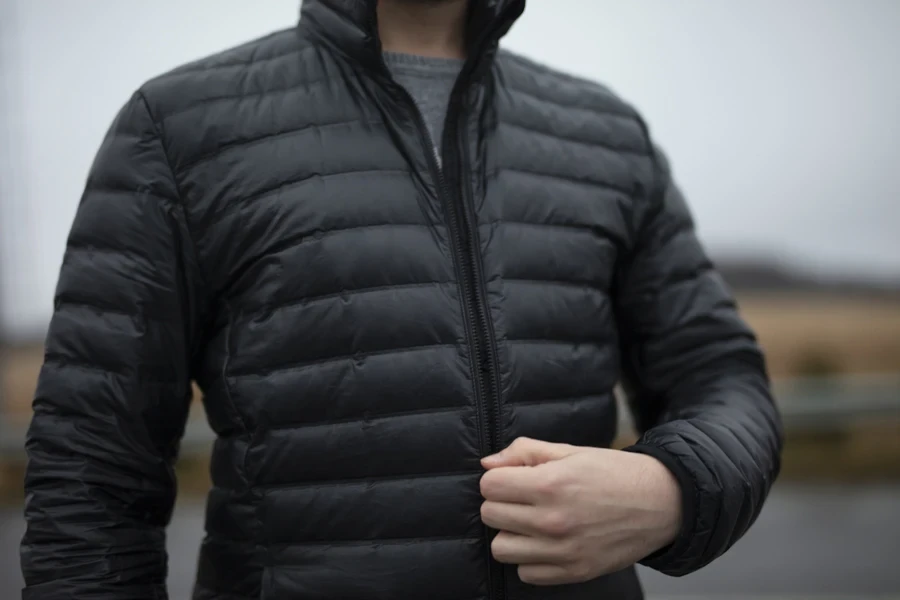
Here are the top considerations when looking for a professional heated jacket:
1. Materials and construction
The fabric and design of a heated jacket directly affect its durability, insulation, and performance in cold weather. Most jackets are made of a combination of softshell, polyester, and nylon.
Polyester is a go-to for exterior shells because it is strong, long-lasting, and doesn’t absorb much water. Nylon is great for rough industrial environments because it offers comparable benefits and is more abrasion-resistant.
Jackets lined with softshells or fleece are great insulators because they retain body heat and increase the output of heating components. A few examples of novel fabrics higher-end models use are ripstop nylon (designed to withstand ripping) and Gore-Tex (breathable waterproofing).
Using stronger stitching throughout the construction, especially in high-stress areas like the shoulders and elbows, will ensure it withstands wear and tear.
2. Heating zones
The number and position of heating zones determine garment warmth. Most heated jackets have three main zones: back, chest, and shoulders. This location was chosen for its proximity to vital organs and consistent heat transfer.
Some sophisticated models have neck, lower back, or sleeve heating zones for extra warmth. Carbon fiber heating components are lightweight, flexible, and evenly distributed, making them popular in high-end outerwear. Electric wire heating components are efficient yet thicker than other options. However, they reliably warm particular places.
Heating components must be arranged strategically and be large enough to keep the body warm. Most of all, multi-zone heating technology lets customers select which parts of the jacket are heated, boosting thermal efficiency and comfort.
3. Battery life
Battery performance is one of the most important considerations for professionals who require consistent warmth throughout the day. Most heated jackets use lithium-ion batteries that range in voltage from 7.2V to 12V, depending on the model.
Higher-voltage batteries, such as 12V systems, provide more power and longer runtimes, which are best for prolonged outdoor work in cold weather. Depending on the setting, a completely charged battery can produce heat for 5 to 10 hours. Most jackets include three heat settings—low, medium, and high—and a commensurate battery life.
For example, a 7.4V battery may last 3 to 4 hours on the highest level but up to 10 hours on the lowest option. Professional purchasers should additionally examine these batteries’ recharge times.
Standard charge times range from 3 to 5 hours, so having replacement batteries on hand is a good idea for uninterrupted use. Some heated jacket brands will include USB charging connections, allowing users to charge other items, such as phones or power tools, with the jacket’s battery.
4. Waterproof and windproof features
Outdoor workers require maximum protection from the weather; therefore, waterproof and windproof properties are essential. Many heated jackets include Durable Water-repellent (DWR) coatings on their outer shells.
This technique prevents moisture from permeating the fabric, keeping the jacket dry in light rain or snow. Manufacturers may integrate waterproof membranes such as Gore-Tex into more sophisticated models, which provide greater water protection while staying breathable to reduce overheating.
Another feature to look for is seam-sealed construction, which prevents moisture from entering the jacket through the seams, where water often seeps through. Windproofing is also essential because cold wind can quickly reduce the warmth offered by the jacket.
Look for jackets made of tightly woven wind-blocking fabrics, as well as adjustable cuffs, hoods, and hems to keep drafts out.
5. Safety features
Heated jackets should include built-in safety features to avoid overheating, electrical shorts, and battery issues.
After a predetermined amount of time has passed with no movement, the heating elements in most heated jackets will automatically turn off. This prevents the jacket from overheating in the event that it is inadvertently left on, which helps to conserve battery life.
Jackets should also have short-circuit protection to prevent potentially harmful issues caused by problems with the battery or wiring.
Some models’ heating parts are made from heat-resistant materials, so they don’t get too hot to handle. Battery position is another important safety consideration. Store your batteries in an insulated, watertight container to protect them from moisture and impact.
Professional customers should also consider jackets that comply with industry safety regulations, particularly for use in regulated environments.
Other considerations when choosing the right heated jacket
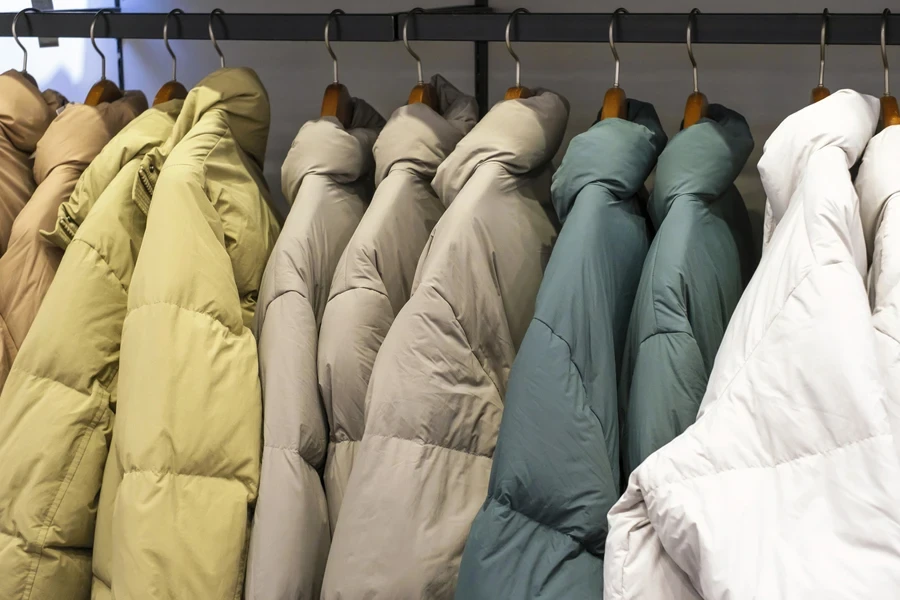
Before purchasing heated gear, consider your budget, the jacket’s intended use, and the fit. Light, flexible heating parts of moisture-wicking coats are perfect for outdoor pursuits, including skiing, hiking, and hunting.
These designs maintain warmth in cold or wet conditions without restricting your comfort or mobility. Professional use involving building, repair, and logistics requires a robust battery. Industrial jackets have longer heating times, waterproof fabrics, and stronger seams for all-day comfort in trying circumstances.
Dimensions and fit also count. A close-fitting heated jacket can keep you warm without drawing too much attention. While many companies provide chest-size recommendations, the easiest method to ensure the jacket fits properly and doesn’t interfere with your work clothes is to put it on over your regular wear.
More expensive heated jackets include cool features, including app-managed temperature adjustments and several heating zones. There are also cheap ones that work optimally.
Summary
Knowing the main features—materials, heating zones, battery life, weather resistance, and safety mechanisms—helps you make a decision fit for your team. The correct heated jacket will make all the difference whether your needs are comfort during outdoor activities or durability in demanding work environments.
Examining fit, use, and cost helps further limit the choices accessible. Alibaba.com has a large selection suitable for professional buyers and resellers making bulk purchases or sourcing premium heated jackets at reasonable rates.
